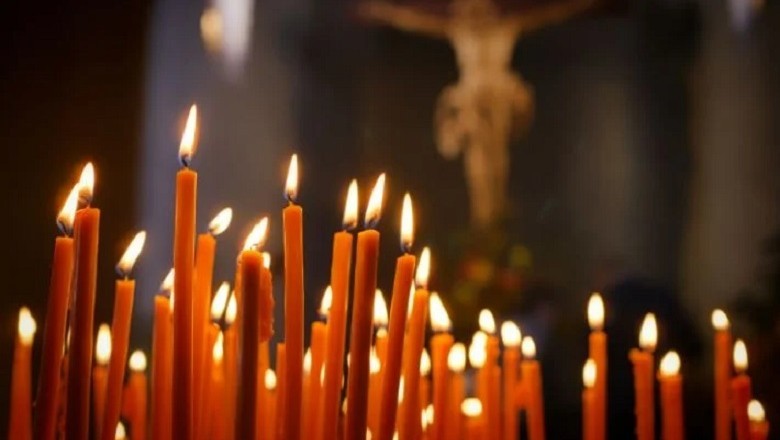
This Team of Archaeologists Opened the Tomb of Jesus For the First Time in Centuries
A Pilgrim's Journey
Israel, home to some of Christianity's holiest sites, has attracted countless pilgrims over centuries. Among these cherished destinations is Jerusalem, revered as the resting place of Jesus Christ. This ancient city holds the Church of the Holy Sepulchre, considered by many as the most accepted burial site of Jesus, steeped in history and faith.
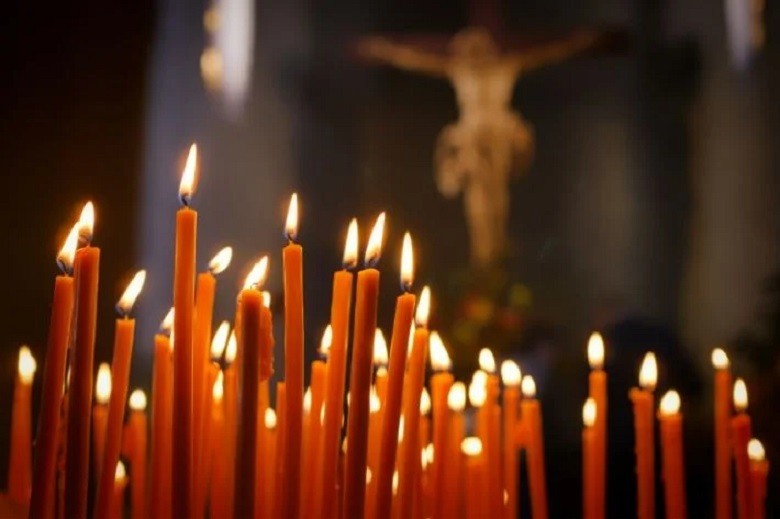
Pilgrims from around the world visit this sacred site, hoping to connect with their spiritual roots and witness the profound legacy of Jesus. The tale of how this revered location has evolved over the years captivates those invested in uncovering its truths, leading to archaeological endeavors that promise to rewrite history.
The Resurrection Story
The New Testament vividly recounts Jesus' death and burial, drawing believers closer to the events that transpired on Golgotha. According to scripture, Jesus' body was laid in a tomb near the site of his crucifixion, surrounded by sorrowful disciples. This marked the beginning of an enduring story that shapes Christianity to this day.

The recounting of the events surrounding the tomb ignites curiosity and wonder, compelling historians and archaeologists to seek the truth beneath centuries of tradition. As pilgrims flock to Jerusalem, the quest for authentic proof remains at the forefront, highlighting the intersection of faith and archaeology.
Jerusalem's Holy Heart
Central to Jerusalem’s spiritual landscape is the Church of the Holy Sepulchre. This site has witnessed centuries of devotion, conflict, and transformation. Constructed on the orders of Constantine the Great in 326 CE, the church has become a focal point for Christian worship. The search for Jesus’ burial place led to the construction of this monumental church to honor his memory.
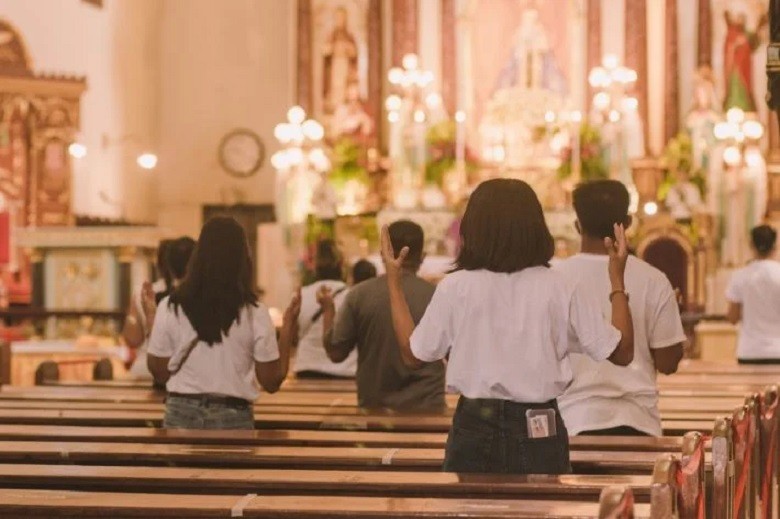
As the church evolved over the years, it became a vital symbol of commitment to faith, drawing believers who seek solace in its history. The enduring significance of this location resonates deeply within the Christian community.
Excavating the Past
The journey to discover the actual tomb of Jesus was sparked by Emperor Constantine’s desire to honor the pivotal figure in Christianity. With the help of his mother, Helena, and Bishop Eusebius, the search involved excavations at the site of a Roman temple thought to conceal the sacred burial place.
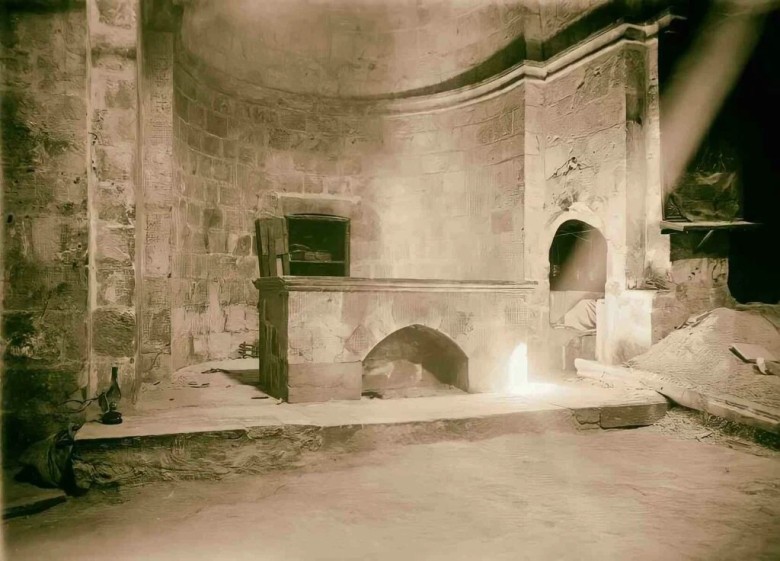
Finding a limestone cave beneath the temple was a significant moment, unveiling the past hidden beneath centuries of history. This discovery laid the groundwork for the Edicule, a shrine built to house what many believed to be the resting place of Jesus. Excavations reveal the ancient paths taken to trace back Jesus’ life and sacrifice.
Shaping Belief
As excavations continued in the 4th century, the Edicule emerged, encapsulating the historical and spiritual aura that surrounded the burial site of Jesus. Descriptions of the tomb highlight a burial shelf where Jesus’ body was laid down, adhering to Jewish burial customs. While the physical evidence of the tomb remains debatable, the symbolic nature of this site is undeniable, intertwining faith and history.
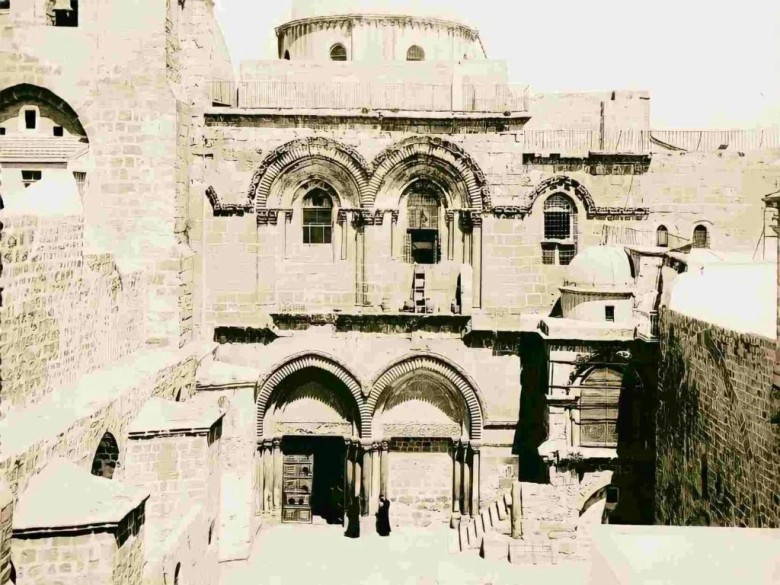
Understanding its significance gives depth to the archaeological journey, adding layers to Jesus' narrative and the development of Christian belief. The Edicule represents a convergence of faith, history, and unwavering devotion.
Civilizational Ruins
Over the centuries, the Church of the Holy Sepulchre has suffered numerous transitions due to wars, invasions, and natural disasters. Each alteration faced by the church mirrors the trials of Jerusalem throughout its history. Structural changes culminated in the church’s bell tower collapsing in 1545, leading to extensive renovations undertaken by the Franciscan friars.
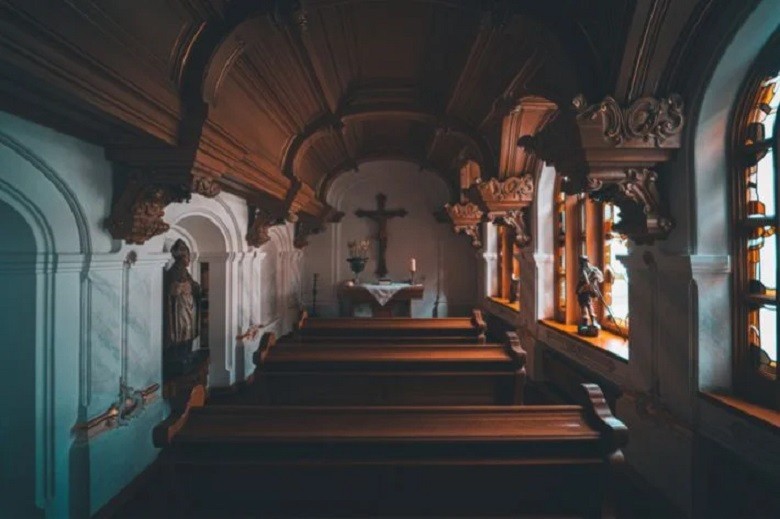
During this tumultuous period, efforts to restore the tomb were implemented, yet the memory of past conflicts lingered in the air, a stark reminder of the struggles inherent to the site. Churches like the Holy Sepulchre symbolize resilience amid adversity.
The Seal of History
In 1555, the Franciscan monks made the decision to seal the tomb, encasing it with a marble slab to protect the site from damage and maintain reverence. This act reflected a desire to preserve the historical integrity of Jesus' burial place, ensuring that future generations could pay homage.
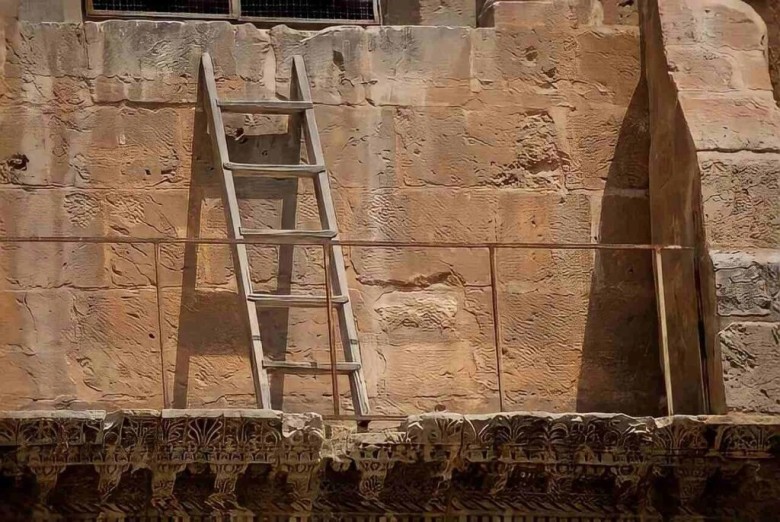
The seal became a physical barrier for pilgrims, marking a passage of time where the tomb remained untouched and shrouded in mystery. This decision, while practical, contributed to the enigma surrounding the tomb, as countless visitors wondered about the true nature of what lay hidden beneath the marble seal.
The Crescent’s Shadow
The Church of the Holy Sepulchre, while significant, has often been overlooked for much-needed renovations. The decay and damage inflicted over centuries heightened the urgency for restoration. However, tensions between the three major Christian denominations—Roman Catholic, Greek Orthodox, and Armenian Apostolic—complicated the decision-making process.
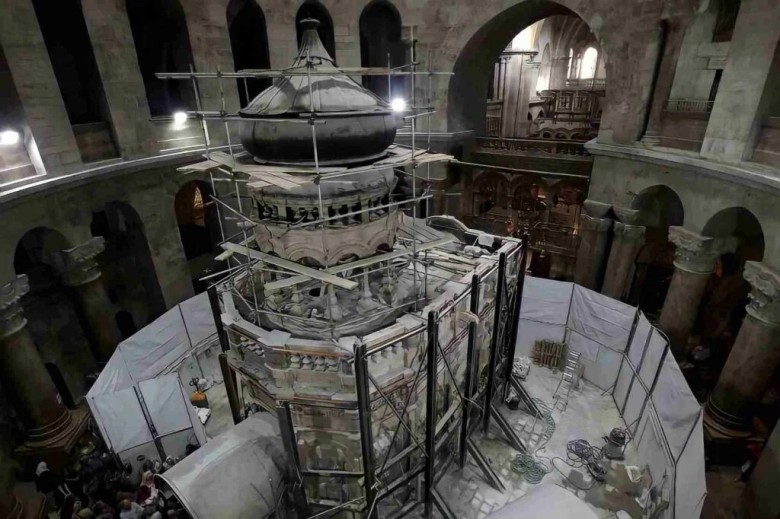
Each group maintained differing agendas and viewpoints regarding the tomb as they shared the custodianship of the sacred site. This discord highlights the challenges of working collaboratively in preserving historical and spiritual sites, even as the pressing need for repairs became undeniable.
An Immovable Ladder
A notable example of the divisions among denominations is the famous 'immovable ladder' positioned above the church’s entrance. This ladder became a symbol of the enduring disagreement between factions, having remained in place for over two centuries without resolution.
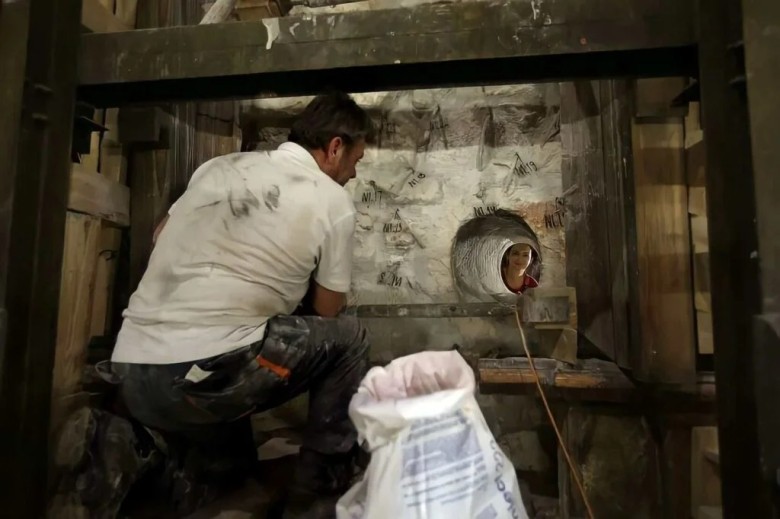
Its unyielding presence told a story of passionate beliefs clashing against the walls of bureaucracy, leaving many to wonder how such a simple object could embody historical and spiritual significance. The challenges faced by the three denominations reflect deeper theological divides, further complicating the pursuit of unity in the maintenance of these sacred spaces.
Renewed Hope for Restoration
Despite past disagreements, the need for renovations outweighed the divisions, leading to a decision made in 2016 to restore the burial site of Jesus. The restoration project aimed to initiate an archaeological excavation that would be eagerly anticipated by scholars and historians alike.

Joining forces, priests and monks of the respective denominations prioritized the preservation of Jesus' tomb, indicating a collective commitment to reverence for this sacred ground. The agreement to proceed with the project marked a hopeful turning point, signaling that faith could triumph over division in the name of preservation.
A Scientific Endeavor
The restoration project attracted the attention of scientists and archaeologists from the National Technical University of Athens, eager to explore the depths of the Edicule. Together, they formed a team committed to the mission of unraveling the tomb's secrets while employing modern technology to uncover historical truths.
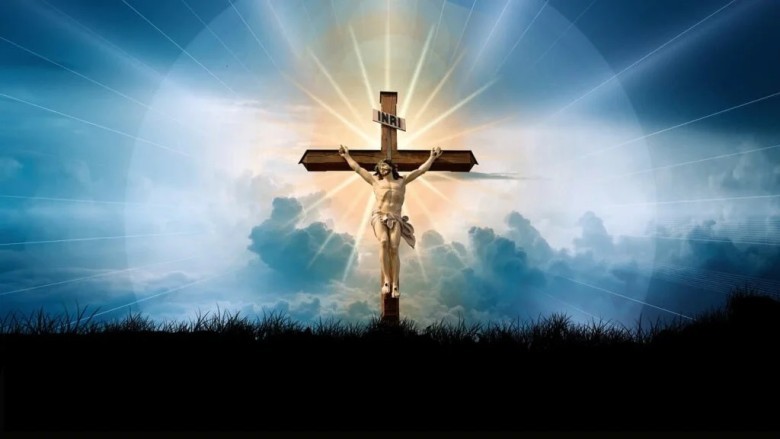
As this venture resumed, excitement blossomed among historians eager to witness discoveries that could reshape perceptions of Jesus' burial and its significance. Their mission was to reconcile faith with historical inquiry, embarking on a quest for authenticity in a world uncertain about its beliefs.
The Archaeological Mecca
Biblical archaeology, a field dedicated to exploring historical claims surrounding biblical narratives, gained momentum leading up to the 2016 excavation. Researchers aimed to validate or challenge beliefs regarding the Edicule’s authenticity as the final resting place of Jesus. A desire to unveil evidence would not only impact Christianity but also influence scholarly discourse worldwide.
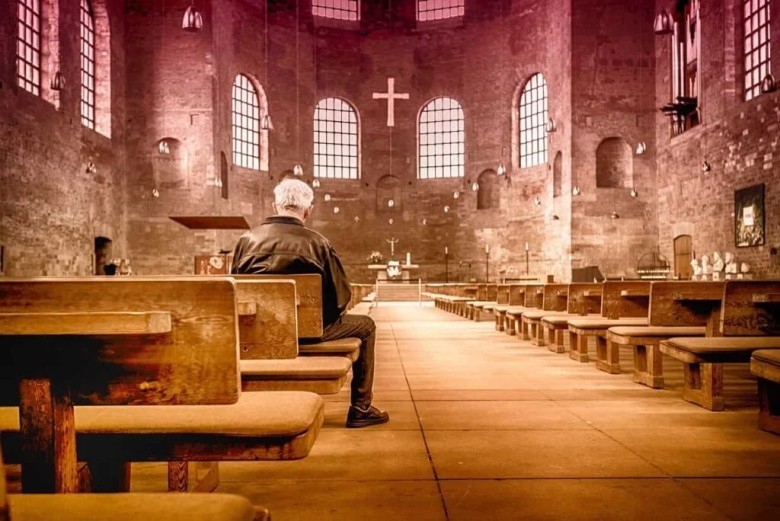
The findings from these excavations have the potential to bridge knowledge gaps and elucidate longstanding mysteries. With the groundwork laid for renewed archaeological endeavors, we can anticipate exciting developments at the confluence of faith, history, and science.
Seeking Truths
Entering the Church of the Holy Sepulchre remained fraught with criticism regarding the legitimacy of the Edicule's position. Many argued that centuries of conflict and damage to the church cast doubt on the tomb's authenticity. Additionally, the limited discoveries of crucifixion sites during Jesus' era further complicated the narrative.
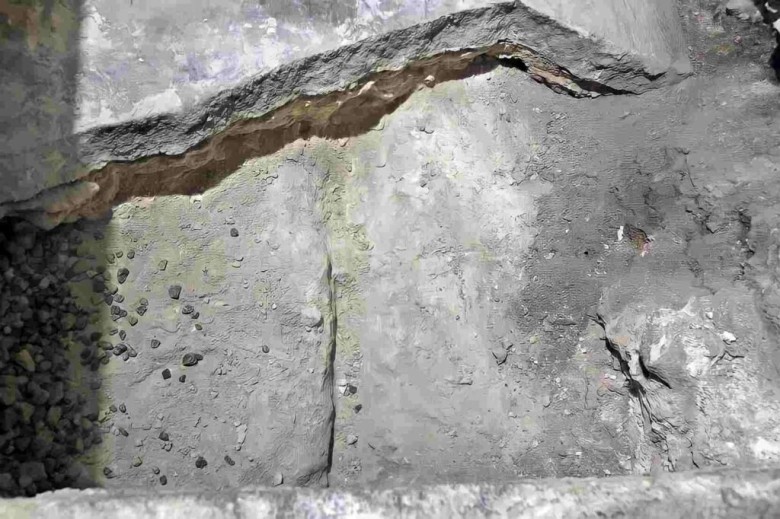
As archaeological theories unfolded, skepticism grew amongst historians and scientists who sought clear, empirical evidence for claims surrounding the holy site. Yet, determined to validate their beliefs, archaeologists pushed forward, creating an arena where faith and tangible truth could potentially coexist.
Displaced History
Compounding doubts about the Edicule's authenticity was the destruction surrounding the Church of the Holy Sepulchre. Throughout history, the site had endured significant turmoil—evident from wars and devastation inflicted upon Jerusalem itself. Some historians surmised that the location housing the Edicule could have suffered the same fate, losing its true identity amid calamity.
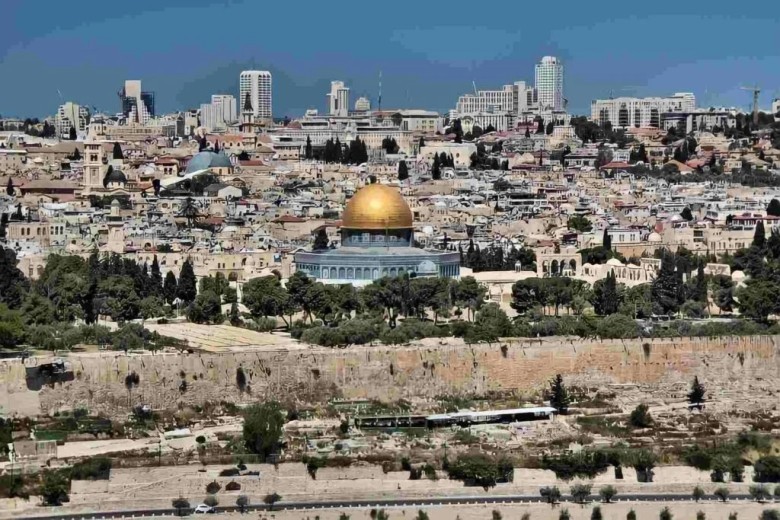
The ruins provided a backdrop against which the integrity of the tomb was continuously called into question. In striving to authenticate the site, archaeologists faced the challenge of navigating through layers of history, each tied to the church's legacy.
Unraveling the Veil
In the 1970s, earlier attempts to excavate within the Church of the Holy Sepulchre unveiled findings that would later inform the 2016 exploration. Led by Virgilio Canio Corbo, a Franciscan priest and archaeologist, initial excavations revealed a complex narrative beneath the surface.
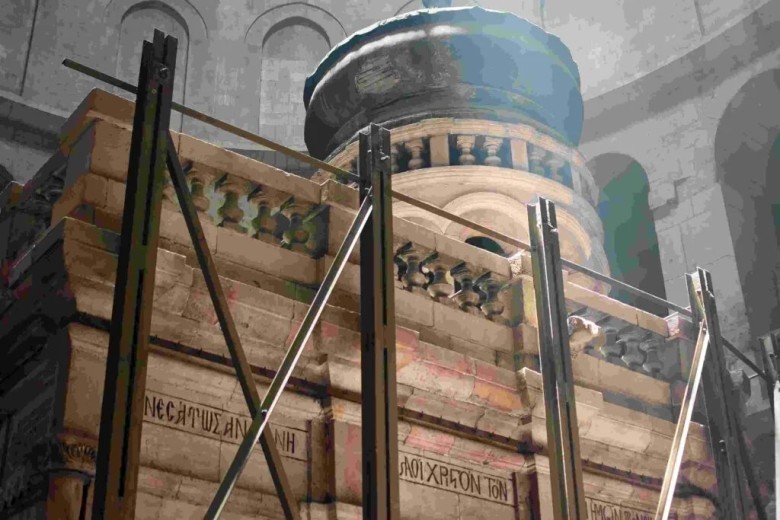
The site was believed to have undergone transformation, having previously concealed a temple dedicated to Roman deities. These findings underscored the layers of history that rendered the area as more than a holy site of Christian significance, but rather a testament to the broader religious context that came before it.
Glimpses of Antiquity
Discoveries from past excavations indicated that existing structures were aligned with earlier formations. Limestone quarries and rock tombs unveiled remnants from the past, contributing to an evolving narrative surrounding Jesus’ burial place. Each new exploration reaffirmed the grandeur of excavated spaces that could, potentially, link back to the time of Jesus. Yet, delineating between fact and fiction remained imperative, as modern disciplines pushed for empirical validations.
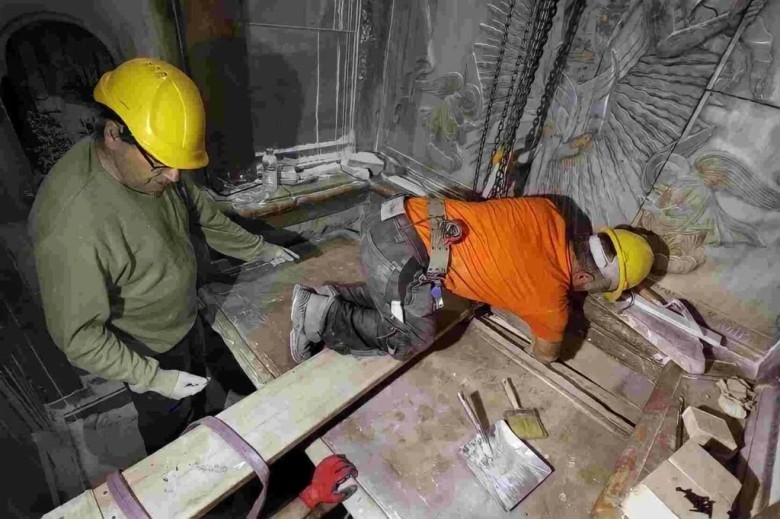
The discoveries lent credence to the convictions held by believers; however, they also invited questions that deliberated on complexities that intertwined with the passage of time.
Walls That Tell Stories
While excavations yielded varying degrees of insight, significant discrepancies arose regarding the geographical positioning of the Edicule relative to biblical accounts. Contrary to scripture's depiction of Jesus' burial occurring outside the city walls, the current location contradicts that claim. The ongoing debate surrounding location intensified the need for clarity and solidifying Christian belief systems.
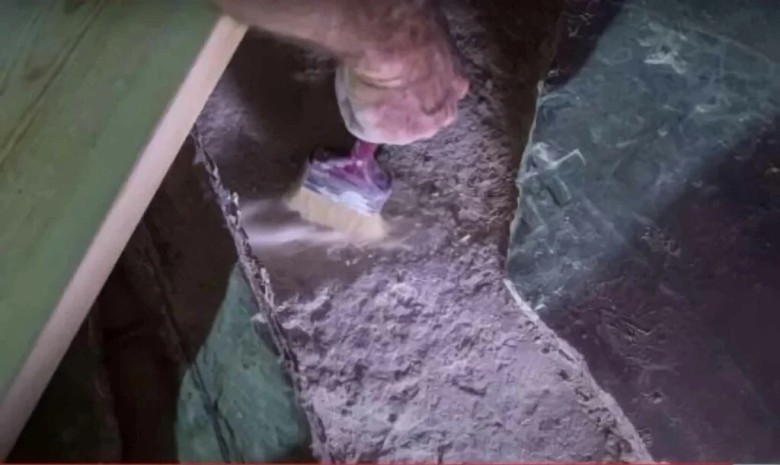
As scholars and archaeologists grappled with interpretations, the pursuit for geographical and cultural understanding of the area prompted critical reevaluations of the formerly accepted narratives. Determined, the excavation team endeavored to sift through historical records alongside physical remnants to find the truth.
Mapping New Discoveries
The rediscovery of boundaries regarding ancient city walls showcased that Jerusalem had indeed witnessed expansions over time. This new understanding fortified the belief that the Edicule was a possible burial site for Jesus, despite earlier skepticism.
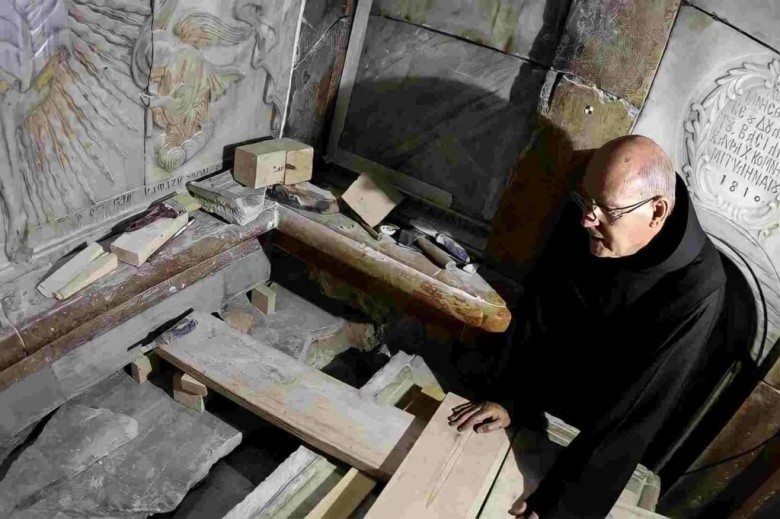
The evolution of the city's physical landscape provided unprecedented insights that aligned biblical accounts with emerging archaeological data. These reconciliations underscored the complex interrelationship between faith and empirical evidence, revealing how time can reshape narratives while resurrecting historical significances that once faded into obscurity.
Preservation Diplomacy
The collaborative spirit among the denominations was a remarkable display of brotherhood aimed at preserving what was believed to be the tomb of Jesus. Conditions were set to ensure that the existing Edicule structure would remain intact during restorations. A shared understanding prevailed as monks aimed to revitalize the site while respecting the sacred nature of the ground.
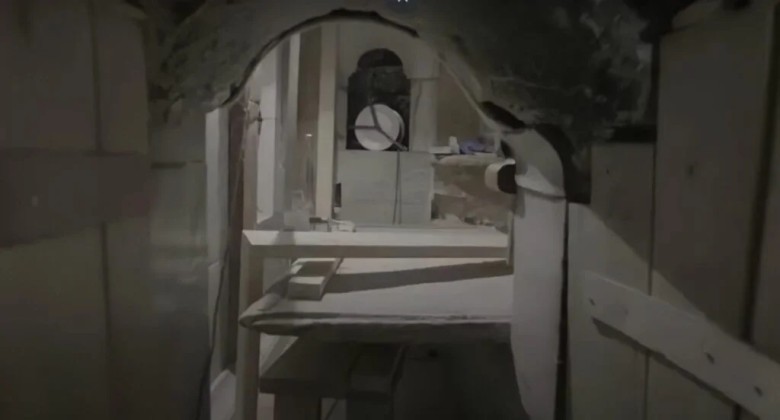
This sense of unity was underlined by a commitment to ensure that what they uncovered would honor the wishes of generations past. Ultimately, success would hinge on sustaining the essential character deeply rooted in tradition.
The Restoration Commences
Beginning the restoration project in 2016 saw the excavation team addressing extensive water damage and mold accumulation. Their endeavors first focused on preserving the Edicule's structural integrity before delving into the depths of the tomb.

Modern techniques were employed to reinforce walls and foundations, all while ensuring that centuries-old materials remained untouched. The delicate nature of the work exemplified a blend of modern technology and historical empathy, revealing an earnest desire to safeguard the past while reviving the value of a space long steeped in reverence.
Breaking Through
A pivotal moment arose when the team finally reached the marble slab that had protected Jesus’ tomb since 1555. After collaborating for over 60 hours, removing this sacred veil was both exhilarating and daunting. The anticipation weighed heavily as the marble slab was lifted for the first time in centuries.
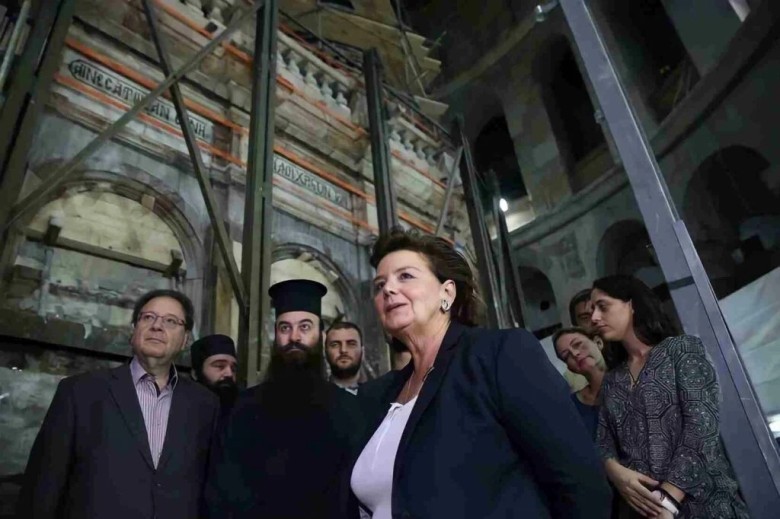
The moment was a sacred intersection of history and archaeology, enveloped in profound reverence as countless questions loomed. What lay beneath was unknown, but the team felt an unspoken connection that transcended the bounds of space and time.
Unveiling Secrets
What emerged was a trove of accumulated debris and dirt, remnants of countless visitors who passed through the ages. Beneath the surface, a second marble slab was unveiled—a discovery unrecorded in history. The inscriptions and the grey surface etched deep with wear left the team in awe, igniting curiosity about its origins.
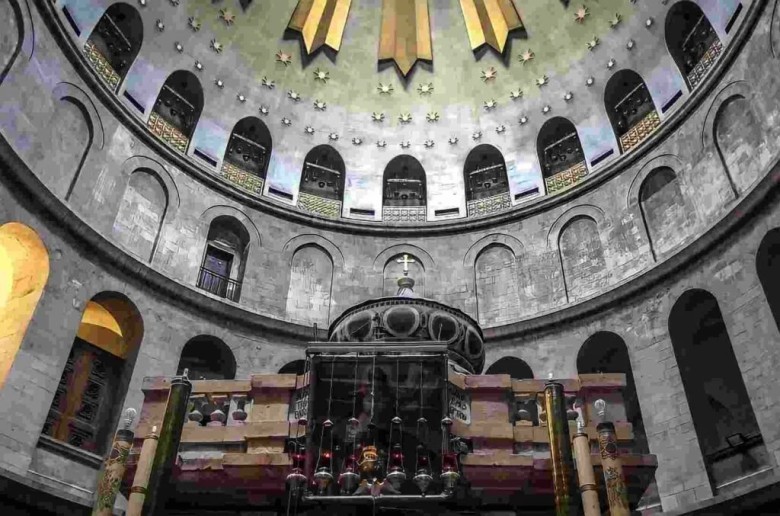
The eventual dating of this slab revealed that it reached back to the fourth century, mirroring the timeline of early Christian architecture. This scientific breakthrough transformed perceptions surrounding the authenticity of the Edicule, reinforcing that beneath layers of stone lies the eternal spirit of narrative, faith, and history intertwined.
















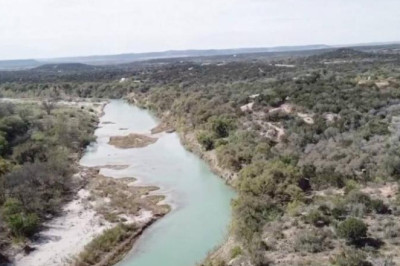
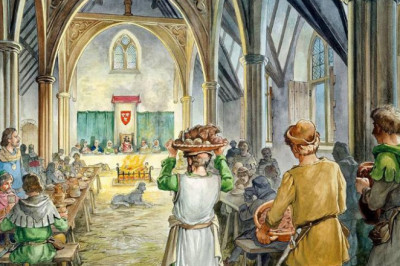
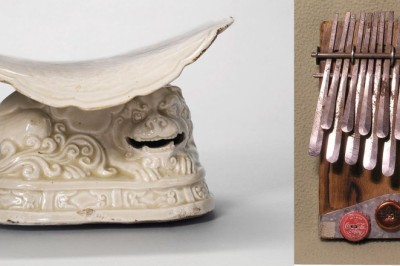

Comments
0 comment